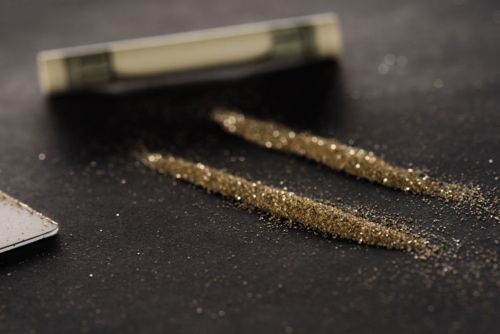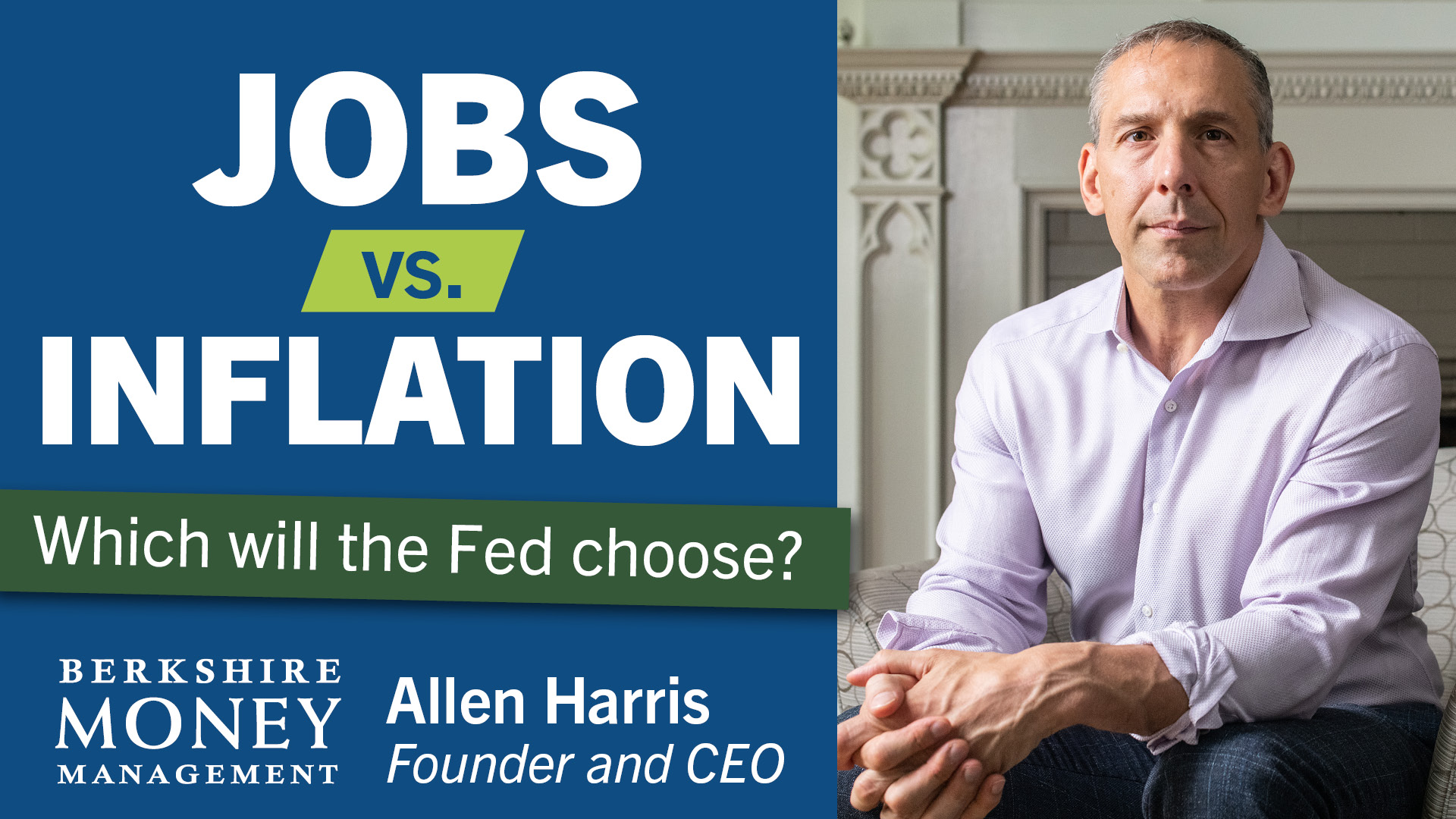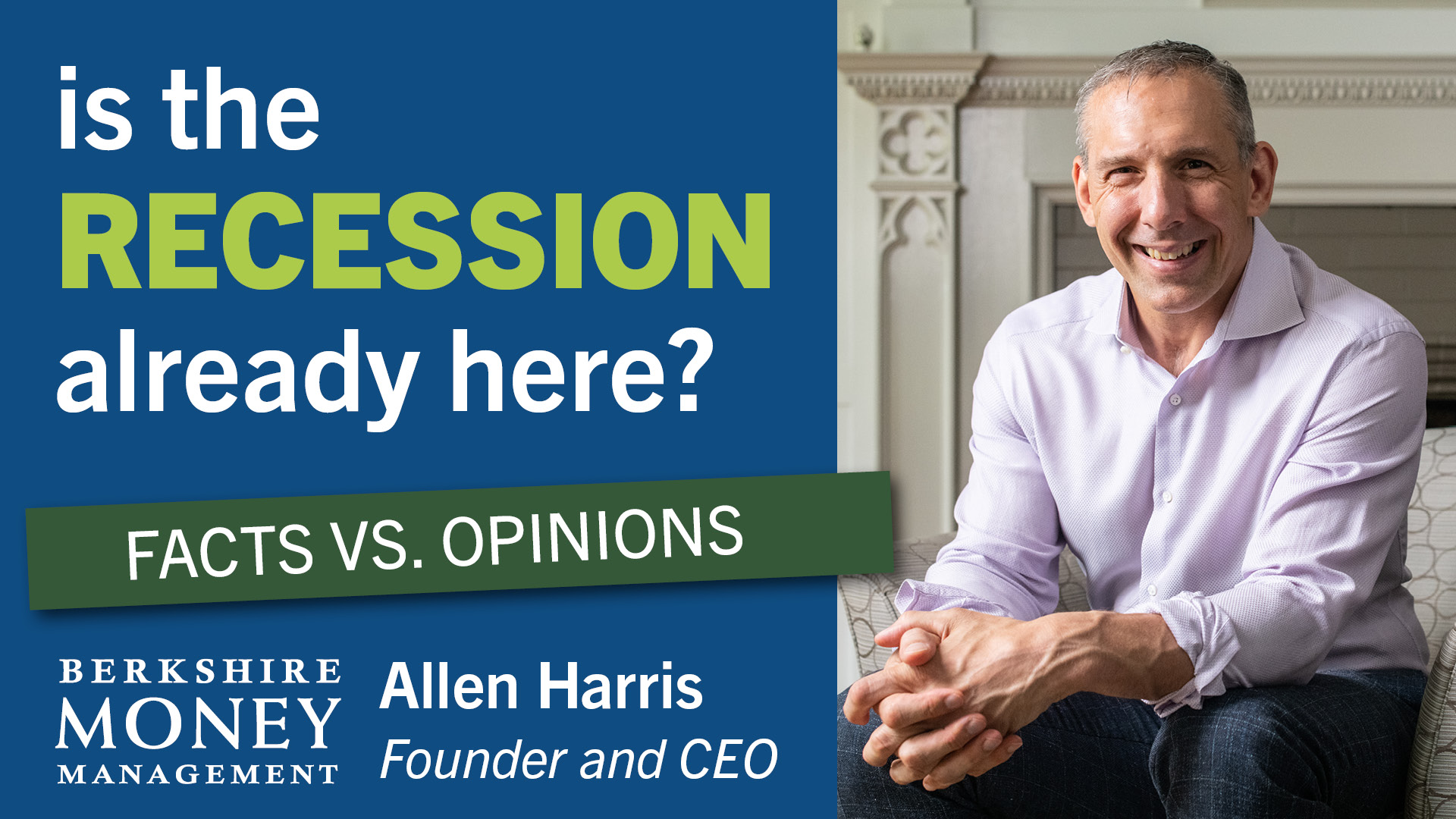Gold is back but for how long?


Commodity prices are flying. Nickel doubled in price in two days. Wheat is up 50% and has experienced trading halts for five straight days. Gold has breached $2,000 an ounce and we all know what has happened to the price of oil. How long can it last?
As longtime readers know, I formally recommended commodities as out-performers back in January of 2021. At that time, I was bullish on oil, copper, and soft commodities like food and lumber. I also liked crypto currencies. As for precious metals like gold and silver, not so much.
Back then, most market participants had dumped gold and were piling into Bitcoin and the like. These digital currencies were touted as the “new gold” and precious metals were relegated to the sidelines.
It wasn’t until five months later (May 2021) that I began to take a shine to precious metals as cryptos hit all-time highs. As I said back then, “I believe we may be on the cusp of a new move higher in this precious metal (and silver along with it).” But it wasn’t as if gold had gone nowhere in the meantime.
Gold made what I believe was a cycle low back in November 2020 at $1,767.20/ounce and hit $1,882.70 by the time I recommended it. That amounted to a 6.5% gain from the cycle low. The gold price hit $2,082 this week before profit taking took it back down below $2,000 per ounce. Most of the other commodities on my list have done equally as well, or even better. Granted, the gains are good, but what do we do now?
Unlike many investments, the time to buy commodities is when prices continue to climb higher as they have been doing for the past year or so. Traditionally, as prices increase, experienced traders know to chase prices higher. A virtuous and somewhat vicious cycle of higher and higher prices erupts. That behavior has hit home to many investors during the past few weeks. Commodities are in a parabolic move higher.
Common sense would tell you that this phase of price gains, were it to continue, would cause severe dislocations in the economy. These stratospheric prices would boost the cost of manufacturing inputs to the point where production would begin to falter. Inflation would leap, and prices skyrocket for goods to the point that most global economies would fall into a recession, or a period of stagflation. As such, I believe it is time to take some profits.
The problem with calling a top in commodities in this environment is that their rise (and ultimate fall) depends on several geopolitical events that cannot be predicted. Take it from an old-time, commodity investor, the way to handle this rise is to begin selling into these price gains. I made my bones in the commodity market by buying and selling gold and silver, while working as a bunker oil salesman in New York Harbor. I made enough to pay my way through graduate school back in 1979 and I never looked back.
Since then, over the decades, I have seen several huge moves in commodity cycles. The most successful traders I know begin to sell (slowly) when there are a series of limit-up moves and/or trading halts. That is the environment we are in today.
Another sell sign is when analysts and experts begin to increase their price targets for various commodities. Recently, I am beginning to see forecasts that gold prices could get above $3,000 per ounce, and oil prices as high as $200 per barrel. That should tell you to start profit-taking.
Bill Schmick is registered as an investment advisor representative of Onota Partners, Inc., in the Berkshires. Bill’s forecasts and opinions are purely his own and do not necessarily represent the views of Onota Partners, Inc. (OPI). None of his commentary is or should be considered investment advice. Anyone seeking individualized investment advice should contact a qualified investment adviser. None of the information presented in this article is intended to be and should not be construed as an endorsement of OPI, Inc. or a solicitation to become a client of OPI.
Any mention of specific securities or investments is for illustrative purposes only. Adviser’s clients may or may not hold the securities discussed in their portfolios. Adviser makes no representations that any of the securities discussed have been or will be profitable.
The reader should not assume that any strategies, or specific investments discussed are employed, bought, sold or held by OPI.
Direct your inquiries to Bill at 1-413-347-2401 or e-mail him at [email protected].






